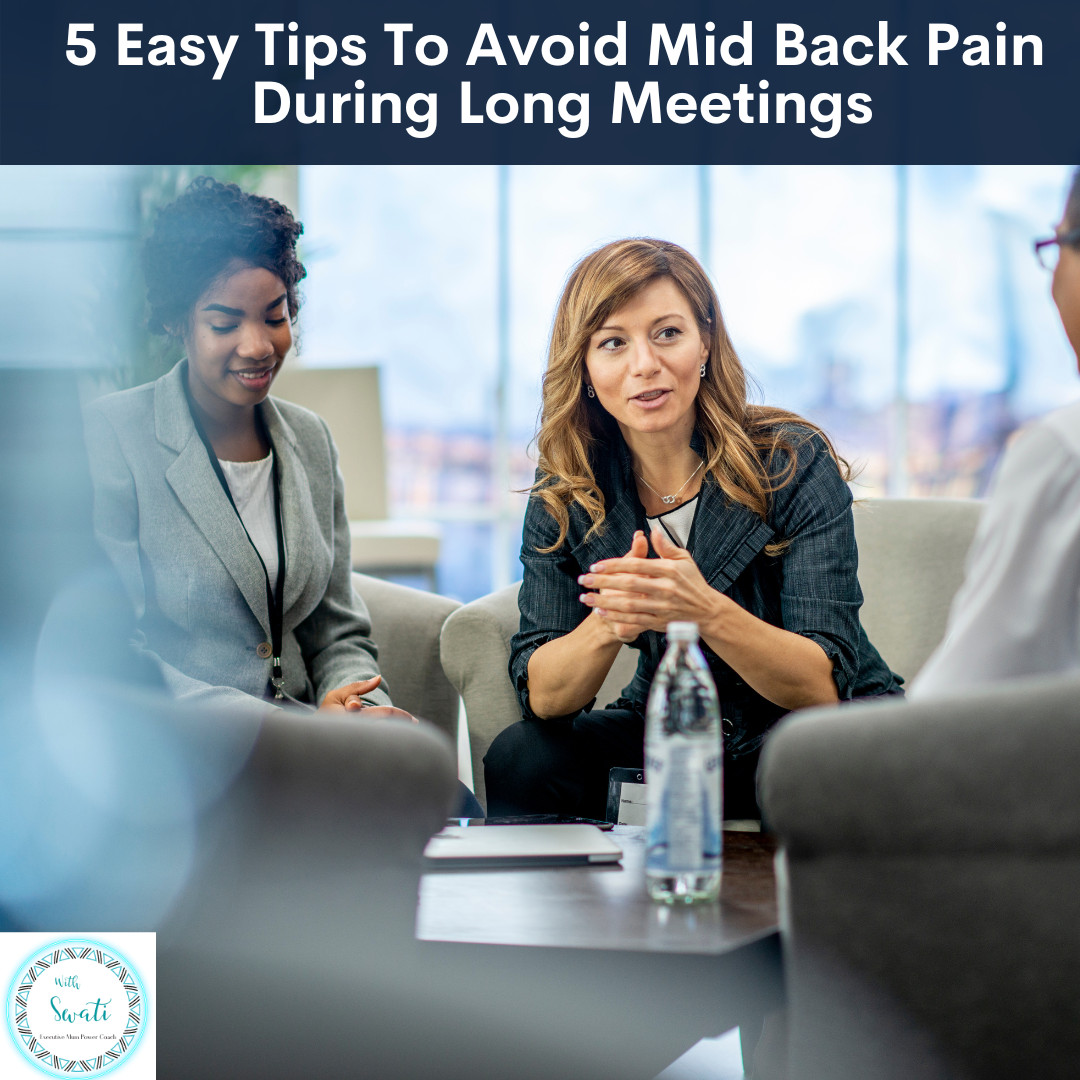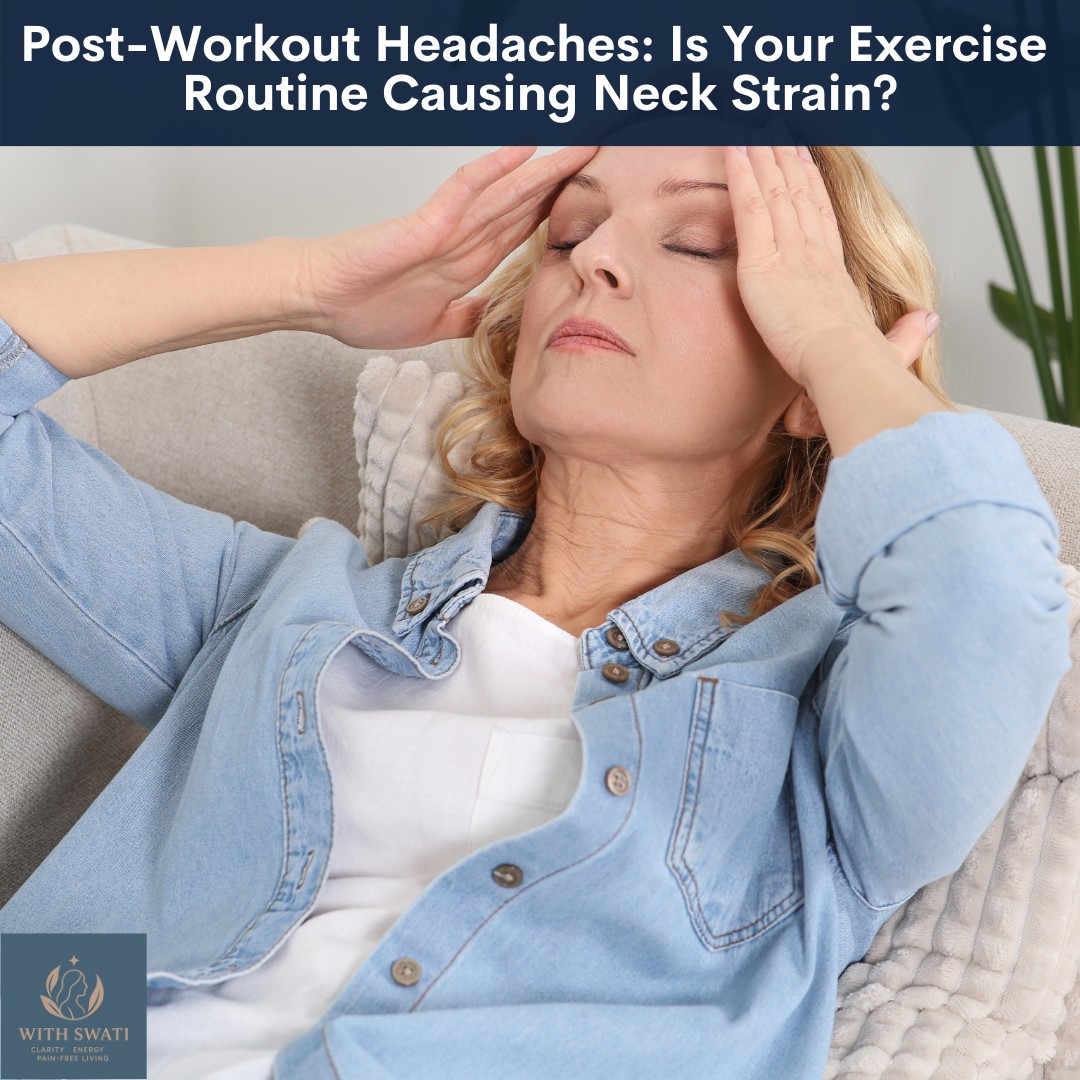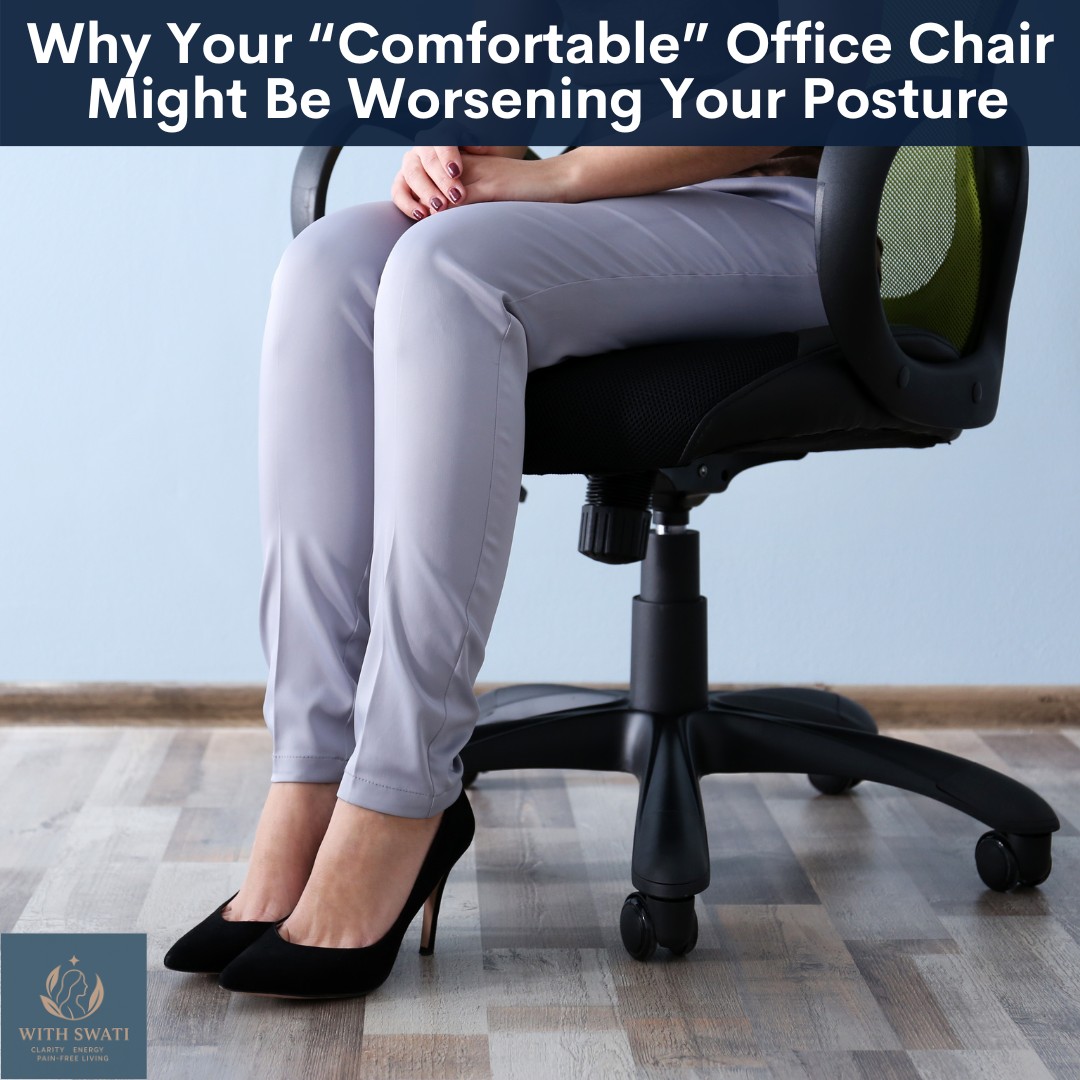
As an executive mum, your days are filled with back-to-back meetings, school runs, deadlines, and endless responsibilities. Between managing work stress and family life, you might not have time to think about your posture, until you start experiencing persistent headaches, neck pain, and fatigue. Did you know that your core strength plays a huge role in your posture, and that a weak core might be the hidden reason behind your recurring headaches? Lets find out more in this blog.
Many executive mums spend long hours sitting at their desks or driving, unknowingly allowing their posture to collapse. A weak core makes it harder to support your spine properly, leading to slouching, forward head posture, and muscle imbalances, all of which can trigger cervicogenic headaches.
Lets explore the connection between core strength, posture and cervicogenic headaches. Your core isn't just about your abs, it includes deep muscles in your abdomen, lower back, and pelvis that work together to stabilise your body during movement and while sitting or standing. When these muscles are weak, your spine lacks proper support, leading to poor posture and increased strain on your neck and shoulders.
Here’s how a weak core can set off a chain reaction that leads to headaches:
Slouched or Forward Head Posture: When your core is weak, your lower back tends to arch excessively, pushing your pelvis forward. This misalignment forces your upper body to compensate, often leading to a forward head posture where your head juts out beyond your shoulders. This adds extra stress to your cervical spine and muscles, which can trigger tension headaches or cervicogenic headaches.
Increased Muscle Strain in the Neck and Shoulders: A strong core helps distribute your body’s weight evenly. When your core is weak, your neck and upper back muscles work harder to keep you upright, leading to chronic tension and tightness. Over time, this muscle fatigue and stiffness can contribute to headaches originating from the base of your skull.
Poor Breathing Patterns: A weak core can even affect how you breathe. If your posture is poor due to weak abdominal muscles, it can restrict your diaphragm, forcing you to rely more on your chest and neck muscles for breathing. This shallow, inefficient breathing pattern can increase tension in the neck and shoulders, leading to more frequent headaches.
These are some signs that indicate if your weak core is affecting your posture and causing cervicogenic headaches:
- You experience chronic neck or upper back pain after long hours of sitting.
- You find yourself slouching or leaning forward at your desk.
- You wake up with tight shoulders, a stiff neck, or headaches.
- You notice fatigue or discomfort in your lower back when standing for long periods.
Watch this video to learn 4 Simple Tips to Engage Your Core While Sitting and move towards a Better Posture
If you’ve been struggling with cervicogenic headaches and poor posture, the good news is that you can break this cycle by incorporating simple core-strengthening exercises into your daily routine. If you are not sure if your headache is cervicogenic or originating in the neck, HERE is a free guide on 'Is your Neck is the cause of your (Cervicogenic) Headaches?'
If you like this blog and want to be notified about new blogs as soon as they are published, subscribe to my mailing list below.
Get the course on "Simple Solutions to Manage your Cervicogenic Headache" HERE. This course offers practical, easy-to-implement proven strategies that actually work and have helped countless people to overcome their pain, regain energy, and fully engage with their families and careers.
I would love to see you around the internet! For other places you can explore more about me: https://withswati.com/page/link
















0 Comments